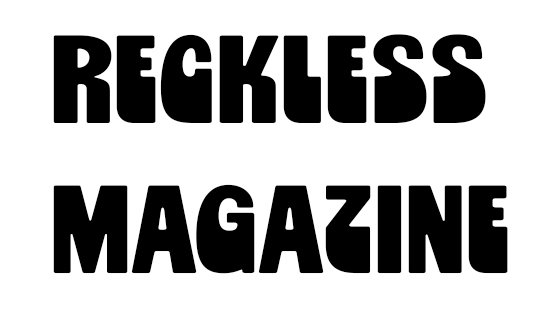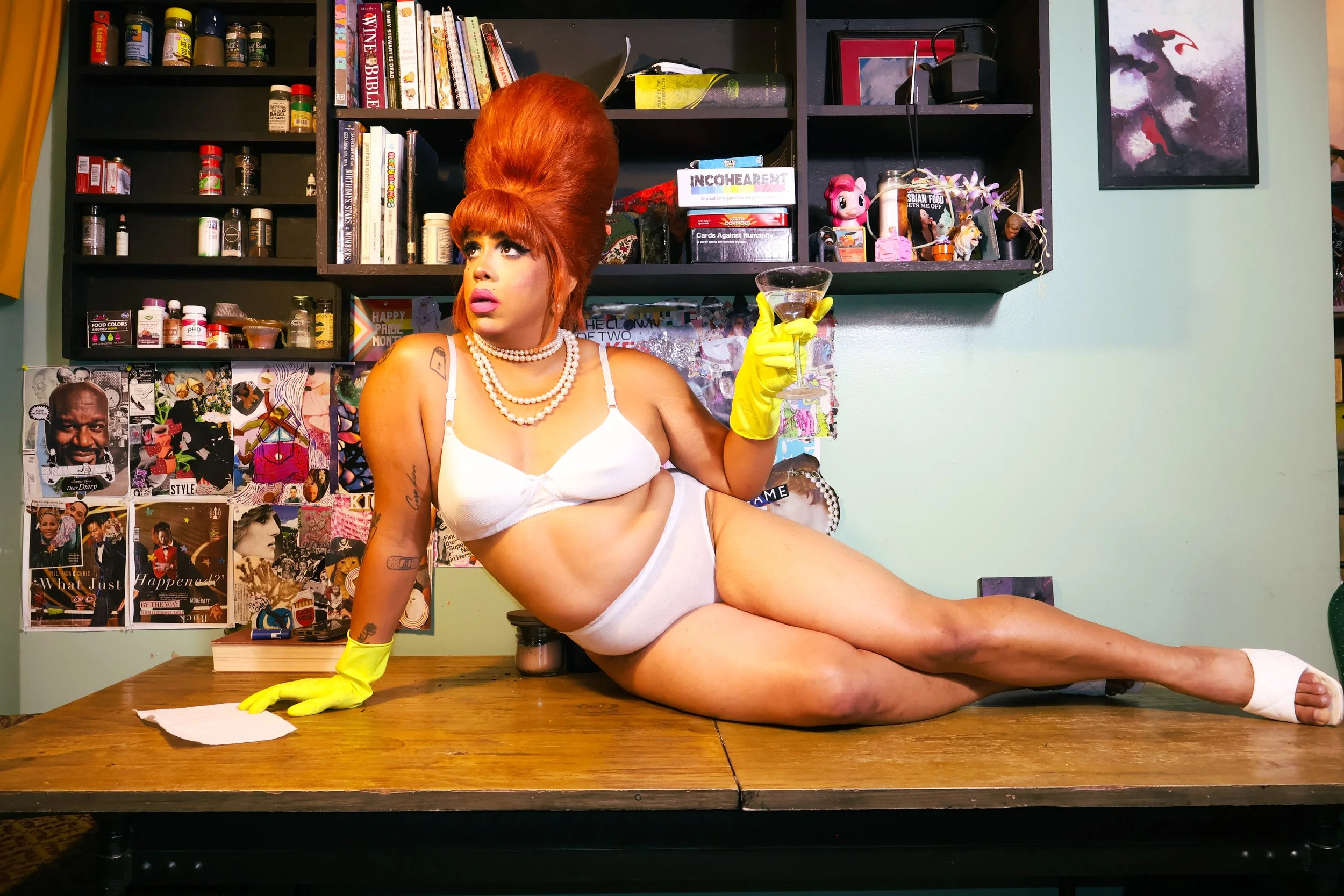The Red Thunderbolt

Poland’s Abortion Ban Protest
Photography by Zula Rabikowska
Photojournalist Zula Rabikowska shares images from Poland’s abortion ban protests. She talks about her experience shooting the protests, the increase in anti-LGBTQIA+ rhetoric in the government, and the continued fight for women to make decisions about their own bodies.
Kraków, Poland
What were the Abortion Ban Protests about?
On October 22, 2020, the Polish Constitutional Court imposed a near-total ban on abortion, making it practically impossible for women to legally end their pregnancies. This led to a wave of strikes across Poland, with numerous protests forming in other European capitals and across the world. This change was introduced by the Law and Justice (PiS) — Poland’s conservative party that came to power in 2015. In recent years, there has been an increase in anti-LGBTQIA+ rhetoric, with large parts of Poland supporting the government's ‘free of LGBTQIA+ ideology'
Historically, what is Poland's relationship to abortion and contraceptive issues? How is it changing?
The change in the law was the icing on the cake, and although it might have seemed spontaneous to international audiences, it had been brewing for some time. In 2016 the first draft of the abortion ban was published, resulting in millions of women taking to the streets dressed in funeral attire, which became known as the Black Protest (Czarny Protest). In the last four years, people's anger hasn't subsided, but instead fulled, which became visible during the protests in 2020 which continue to this day. The situation has also encouraged a new generation and members of the society who do not share the same reverence for the Catholic Church to get their voices heard.
Why is this issue important for you?
I think this issue is important for any Polish person, regardless of their gender. The right to abortion is having the right to make decisions about your own body. The scales of the strikes at the moment, however, have gone beyond that. This situation has really encouraged society to stand against the tyrannical ultra-right-wing government in Poland.
What was your experience like shooting the protests?
I was based in Kraków where I documented the protests, but they were happening across big Polish cities as well as in smaller towns and even villages. The anger towards the government and the change in the law rippled through the country. I was shocked to see that most of the photographers documenting the situation were male. I was really disappointed that the international and national press didn't do more to hire female photographers to cover this story. In comparison to the protests in Warsaw, where protesters were gassed, beaten up by Police, the situation in Kraków was more "civil." Nevertheless, this is not to say that I wasn't frightened by crowds of police with tear gas and riot gear. It was an incredible experience to be there, it was at times exhilarating to be part of something larger than myself, to be part of a bigger cause and stand alongside those who shared the same views and hope for a better future for Poland.
What was the result? What is next for Poland?
The strikes continue and have become a trigger point as well as a wave of resistance. The energy of the organisers and protesters is incredible. This is what a revolution looks like, and its symbol has become the now internationally-recognized red thunderbolt.





